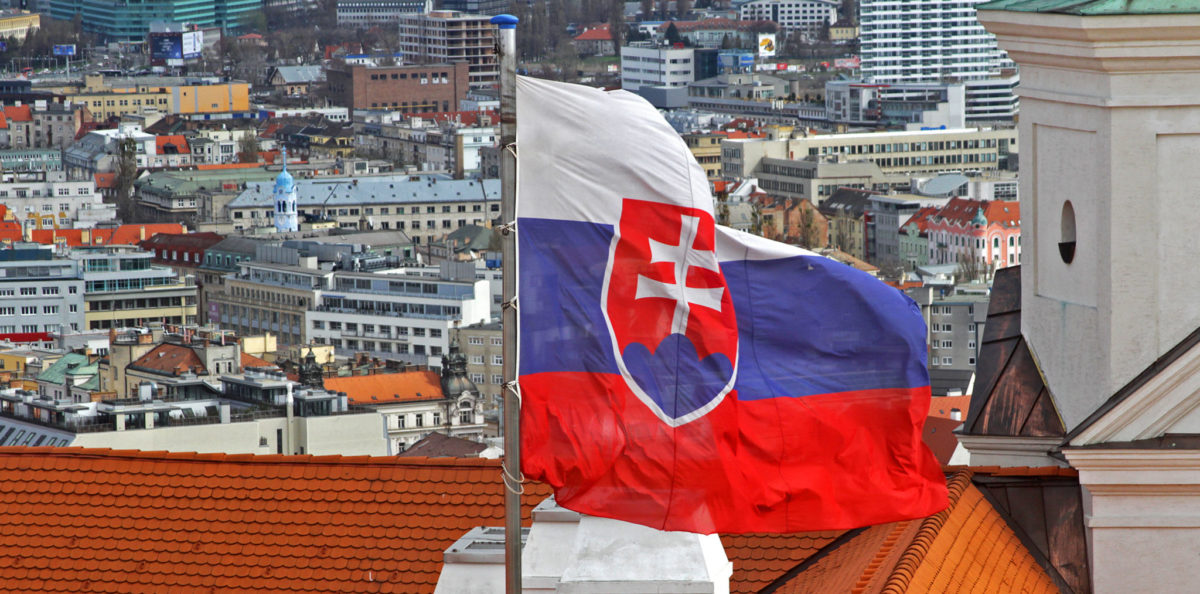The Slovak PV market saw its first increase in new PV installations last year after two years of very limited growth.
In 2016, approximately 5 MW of new PV systems were installed in the country, according to official data from local regulator URSO, which were provided to pv magazine by the Slovak Association of Photovoltaic Industry (SAPI).
In 2014 and 2015, newly installed PV capacity was around 4 MW and 2 MW respectively. Most of the country’s PV capacity, over 500 MW, was installed between 2010 and 2011, when a generous FIT scheme for large-scale PV plants was put in place, and then rapidly closed.
At the end of 2016, the country had topped 545 MW of cumulative installed PV capacity. Power plants ranging from 1-4 MW account for 374 MW, while another 107 MW is represented by installations exceeding 4 MW. PV systems with a power of 10 kW to 100 kW have reached a combined capacity of 45 MW, while small residential systems up to 10 kW totaled 18.9 MW.
Although the amount of installations up to 10 kW seems to be negligible, it should be highlighted that just 16 MW was installed over the past four years, and 5 MW in 2016 alone. This new growth came from the incentive scheme Green Homes for residential renewable energy systems introduced by the Slovak Government in late 2015.
Popular content
The EU funded program is run by the Slovak Innovation and Energy Agency (SIEA) and grants incentives for the installation of solar water heaters, PV systems up to 10 kW, heat pumps and small wind mills. The scheme is set to expire in 2018 and is implemented in several allocation rounds. The Slovak government has allocated €45 million ($48.4 million) for the program.
Aside from the Green Homes for microgeneration units and stand-alone installations, there is currently no other incentive for new PV projects in the country. In order to further support the market, SAPI has recently met with the country’s three distribution system operators (DSOs) to discuss the possibility of introducing a new regulation for self-consumption.
“We are planning to introduce a new concept, “said Veronika Galeková from SAPI. “It is supposed that a PV installation will have no cap of installed capacity, but producers will be obliged to consume not less than 90% of its electricity production. This concept is based on purchased electricity savings as well as simplified connection procedure benefits.”
Galeková said SAPI is also actively seeking solutions to financial problems suffered by the DSOs, which are linked to existing PV plants installed under the FIT scheme. “This serious financial problem has been accumulating since 2012. This situation can negatively affect all stakeholders of FiT system, not only DSOs,” Galeková added.
This content is protected by copyright and may not be reused. If you want to cooperate with us and would like to reuse some of our content, please contact: editors@pv-magazine.com.



2 comments
By submitting this form you agree to pv magazine using your data for the purposes of publishing your comment.
Your personal data will only be disclosed or otherwise transmitted to third parties for the purposes of spam filtering or if this is necessary for technical maintenance of the website. Any other transfer to third parties will not take place unless this is justified on the basis of applicable data protection regulations or if pv magazine is legally obliged to do so.
You may revoke this consent at any time with effect for the future, in which case your personal data will be deleted immediately. Otherwise, your data will be deleted if pv magazine has processed your request or the purpose of data storage is fulfilled.
Further information on data privacy can be found in our Data Protection Policy.